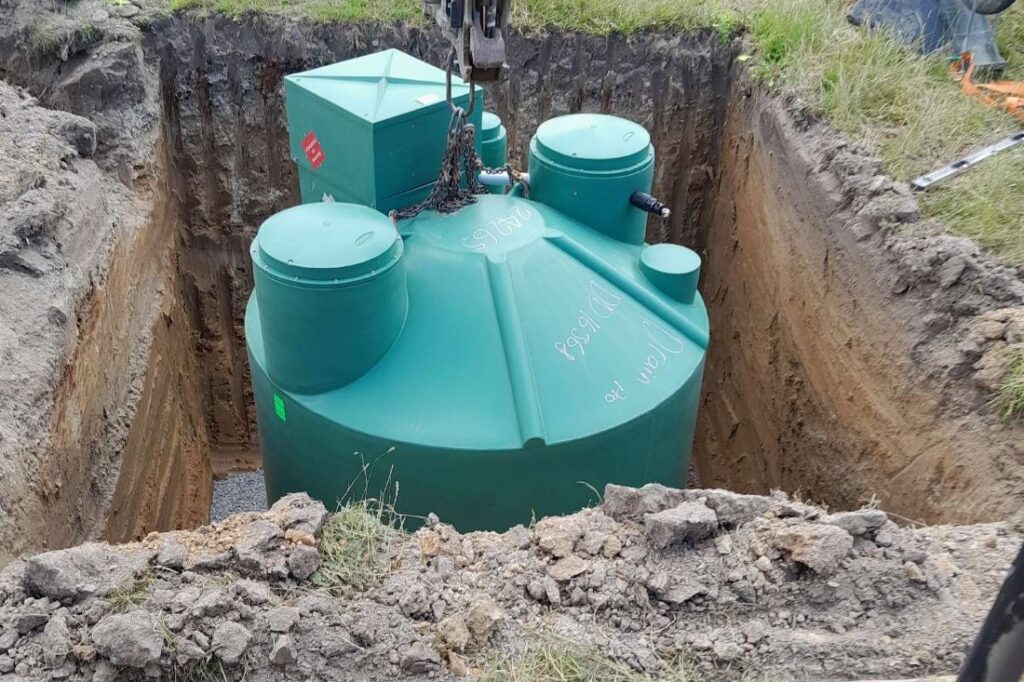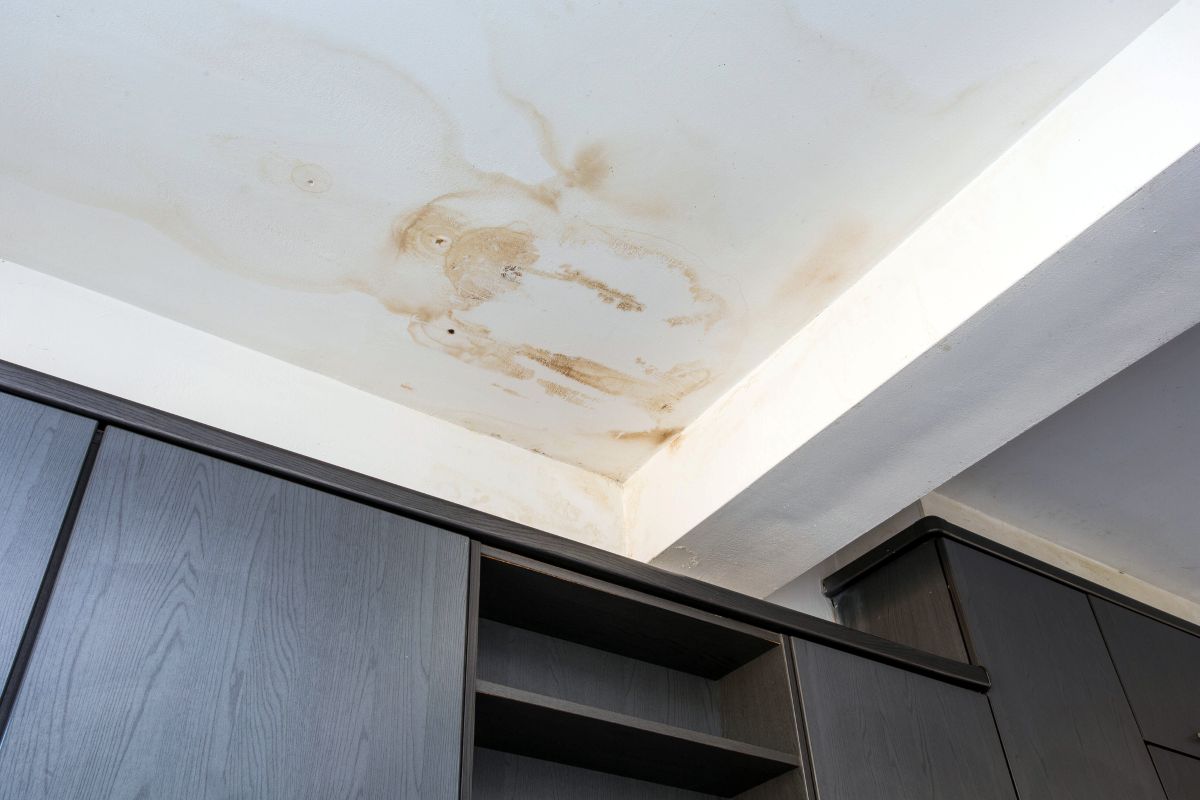Replacing a septic tank can feel like a major undertaking, but with the right approach, it doesn’t have to be overwhelming. Whether your current system is failing, outdated, or no longer meets local compliance standards, planning can make the entire process more manageable.
For Auckland homeowners, particularly those in lifestyle or rural areas, a septic system is essential. When it’s time for a replacement, the key is preparation, making informed decisions, and collaborating with experienced professionals. Here’s how to approach septic tank replacement in Auckland without the stress.
Why Planning Is Essential for a Smooth Septic Tank Replacement
Many Auckland homeowners don’t consider septic tank replacement until their system is already in trouble—by then, you’re often facing urgent (and costly) repairs. But when you plan, you can take the time to assess your options, comply with local regulations, and avoid last-minute scrambling.
Auckland Council has strict requirements around wastewater systems, particularly in environmentally sensitive zones. Failing to plan may mean delays, fines, or even project rejections. Early planning allows for a smooth transition to a more efficient, compliant, and eco-friendly septic setup, without disrupting your home or lifestyle.
How to Know If It’s Time to Replace Your Septic Tank
Understanding when a septic tank needs replacing is a vital first step. Warning signs can include frequent plumbing backups, slow-draining sinks and toilets, foul odours, soggy areas near the drain field, or visible signs of tank corrosion.
While some problems can be resolved through repairs or pump-outs, others signal the end of a system’s lifespan, especially if your tank is over 20 years old.
In some cases, repairs may no longer be cost-effective. If you’re frequently calling out service professionals and the issues keep returning, it’s likely more financially sensible to invest in a new system.
Additionally, if you’re renovating or expanding your home and increasing water usage, your existing system may no longer be adequate, and an upgrade could be mandatory under council regulations.
Navigating Auckland Council Rules and Regional Compliance
One of the most stressful aspects of septic tank replacement in Auckland is navigating compliance and paperwork. Auckland Council requires property owners to adhere to specific guidelines for on-site wastewater disposal. In many cases, especially for properties near waterways or with sensitive soils, you’ll need to apply for a resource consent.
These requirements can vary depending on whether your property is urban, peri-urban, or rural. For example, rural lifestyle blocks in areas like Kumeu or Clevedon may have different soil absorption needs compared to homes in coastal zones like Waiheke Island. A qualified installer should guide you through the permitting process, prepare the necessary documentation, and liaise with council staff on your behalf—saving you significant time and stress.

Choosing the Right Septic Tank System for Your Property
Modern septic systems are more advanced and eco-friendly than ever before. Depending on your property size, soil type, and household water usage, your contractor may recommend one of several system types, such as a traditional septic tank with a soakage trench, an aerated wastewater treatment system (AWTS), or a drip irrigation field system.
Soil conditions play a large role in what system is appropriate. Clay-heavy or poorly draining soils may require elevated disposal fields or engineered drainage solutions. Similarly, households with more than four people or high daily water usage may require a larger tank or dual-chamber system. A site evaluation and soil percolation test are essential before settling on a replacement system. The more customised the solution, the better it will perform long-term, reducing the risk of future failure.
Finding a Trusted Septic Tank Installer in Auckland
The contractor you choose will have a major impact on your replacement experience. Look for professionals with specific experience in Auckland’s terrain and council regulations. A good installer will offer a full-service approach—from system design and soil testing to resource consent submission and final compliance checks.
When evaluating quotes, don’t just compare price, examine what’s included. Are they handling excavation, tank supply, and reinstatement of the site afterward? Do they offer aftercare or maintenance services?
Make sure to ask whether the company is licensed, insured, and familiar with Auckland Council’s regional variations. Trustworthy providers will offer references, explain the process clearly, and provide a fixed-scope quote that minimises surprises down the line.
Understanding the Costs Involved (And Avoiding Budget Blowouts)
Budgeting is often the most anxiety-inducing part of a septic tank replacement, but it doesn’t have to be. In Auckland, most full system replacements range from $12,000 to $25,000, depending on the complexity of the job. Factors like access difficulty, tank size, soil type, and required drainage field design all influence the total cost.
A comprehensive quote should include the tank, labour, excavation, council consents, testing, and reinstatement. However, additional expenses such as landscaping repairs, tree removal, or unforeseen excavation challenges can increase your budget. Set aside a contingency of at least 10–15% to manage unexpected costs. Planning with a clear, itemised budget not only helps prevent stress, it also gives you the confidence that you won’t be hit with surprise bills mid-project.
Getting Your Property Ready for Installation
Before installation day arrives, there are steps you can take to ensure your property is ready. First, clear access routes to the tank location so excavation equipment can reach the site. Remove any fences, garden structures, or obstructions. If you have pets or livestock, relocate them to a safe area for the duration of the work.
During the actual installation—typically 3 to 7 days depending on complexity—you may experience temporary disruption to toilet and water usage. Your contractor should inform you of key timelines and provide alternative solutions if necessary. Once complete, they’ll test the system, provide maintenance instructions, and help submit final council documentation for compliance.
How to Protect Your New Septic System Long-Term
The easiest way to avoid future stress is to care for your new system properly. Start with regular maintenance: schedule inspections every 1–2 years and pumping every 3–5 years, depending on usage. Avoid flushing non-biodegradable materials, harsh chemicals, or fats and oils, as these can clog or damage your system.
It’s also important to monitor water usage. Spread laundry loads throughout the week, fix leaky taps promptly, and consider installing water-efficient fixtures. If your system includes a secondary treatment unit, follow the manufacturer’s servicing guidelines to keep everything running smoothly.
Maintaining a septic tank isn’t difficult—but it does require consistency. Well-maintained systems in Auckland often last 25 years or more with minimal trouble, offering excellent long-term value for your investment.
Making Septic Tank Replacement in Auckland Stress-Free
Auckland homeowners can absolutely replace a septic tank without stress—it just takes forward-thinking and the right support team. Start with early planning, get clear on your property’s needs, choose a licensed professional, and prepare for the work ahead.
With a practical budget and proactive maintenance, your new system will be reliable, compliant, and built to last for years. What could feel like a major disruption can instead become a seamless improvement to your property, health, and peace of mind.


